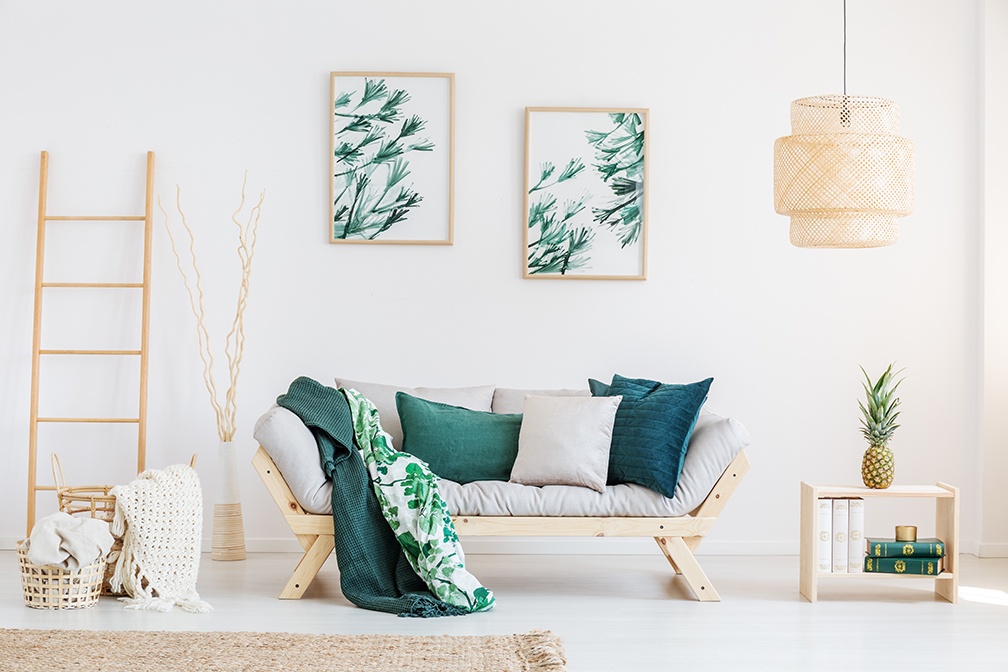Going Tankless: Energy-Efficient Tankless Water Heaters
 There are so many ways in which you can green up your home and make it more sustainable these days. Many people are considering tankless water heaters. While this can certainly be the right option depending on the space you have and the type of water you use, here are some things to consider before you decide to invest in the switch.
There are so many ways in which you can green up your home and make it more sustainable these days. Many people are considering tankless water heaters. While this can certainly be the right option depending on the space you have and the type of water you use, here are some things to consider before you decide to invest in the switch.
Maximizing Your Space
One of the biggest issues with a traditional water heater is the amount of space it takes up, whether it’s a side closet or a closed-off area in the basement. Fortunately, one of the benefits of tankless water heaters is that they can be wall-mounted almost anywhere in your house so they won’t need their own separate space. The traditional water heater may be bulky and require an area of its own, but your tankless water heater will not have to work around the needs of the rest of the house!
Heating What’s Needed
While a traditional water heater stores water and will be able to supply hot water at a quicker rate, a tankless water heater works more slowly. Because it is heating the water as it’s being used, it’s only using the energy it needs to in order to provide the water required. While this will have a positive impact on your energy costs over time, it can also mean waiting on hot water a little longer than expected. In order to go tankless, you’ll require a minimum water flow amount.
Do You Have Hard Water?
A tankless water heater can be more efficient when it comes to space and energy, but if you have an issue with hard water, the tankless option may not be the way to go. Because a tankless heater essentially warms water within the tank, it is vulnerable to scale build-up, which can cut into its overall efficiency. While a traditional water heater does not experience this issue, a tankless water heater working with hard water may end up being less useful due to this build up.
There are a number of benefits associated with a tankless water heater, but it’s important to determine if this option will be truly energy efficient for you before you decide to invest.
Home improvements can dramatically increase the value and function of your home. Some of them are costly and may make you consider tapping into some of your home equity. If you would like to explore your current financial options, be sure to contact your trusted home mortgage professional.

 Whether you are hunting for a project that will pry the kids away from their phones or you just want a head start on the spring, few home projects are as rewarding as a vegetable garden.
Whether you are hunting for a project that will pry the kids away from their phones or you just want a head start on the spring, few home projects are as rewarding as a vegetable garden. Do you find yourself staring out the window, longing for an early sunrise, hot days and late evenings? With spring just around the corner, it might feel like summer is a lifetime away.
Do you find yourself staring out the window, longing for an early sunrise, hot days and late evenings? With spring just around the corner, it might feel like summer is a lifetime away.